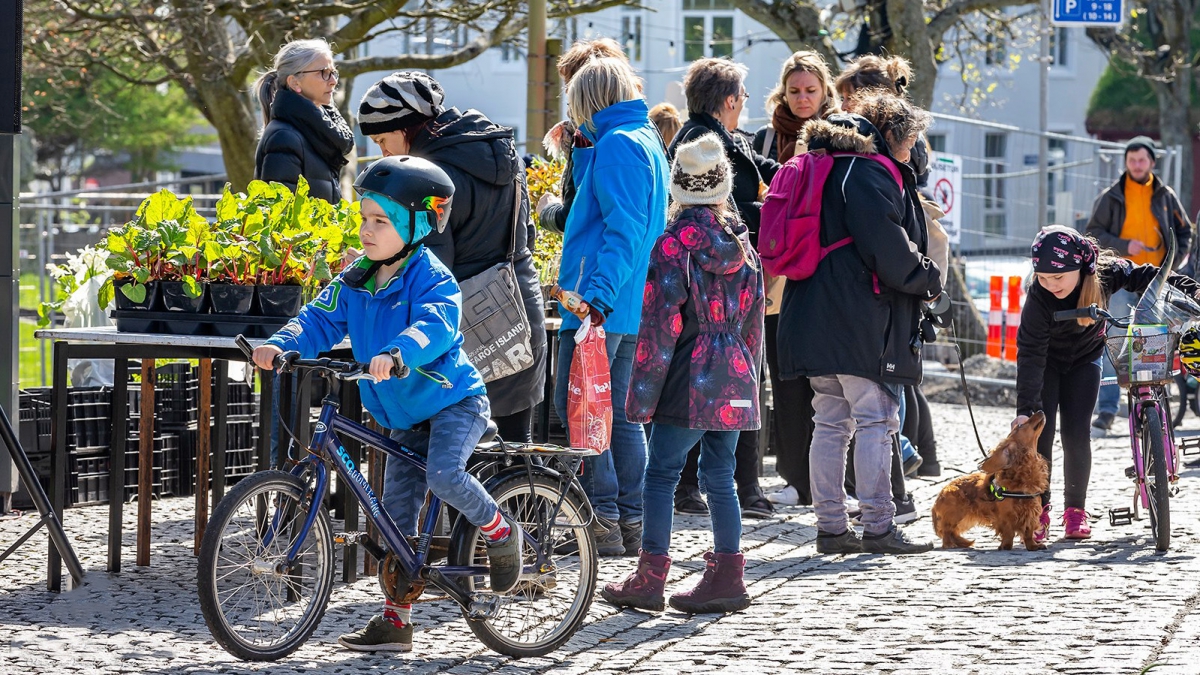Population
10. Jun 2020
Population approaching 52,500

There has been a steady population growth in the past six years, with an average of approx. 70 new citizens added to the total every month. With March and April figures included, there are still no signs of this trend abating, as seen on the graph below.
Net migration now adds almost 50 people to the monthly population figure. The four variables affecting the growth of the population are immigration, emigration and the number of births and deaths. The trend in the graph below shows a drop in emigration in the second half of 2011, but since 2015 the figure has remained steady at 95-100 people per month. Immigration has seen a steady rise since 2011, from just over 100 to 145 people per month. Since 2018, this figure has been about 150.
The trend shows that the number of births has remained steady at around 50 per month for the past many years. But the trend indicates a figure of about 55 in the past two years, which adds up to about 660 births per year. The number of deaths has remained steady for many years, at 30-35 per month. The excess of births adds an average of 20-25 people to the population per month.
Some 39% of the total population reside in the capital region, but this region represented 54% of the total population growth (449 people). About 23% of the total population live in Eysturoy, which saw a population growth of 21% (178 people).
Two variables determine population growth: excess of births over deaths and net migration. The graph below shows that net migration is the key factor in the population growth in most regions.
Figures have a one-month lag
The figures have a one-month lag due to delays in registrations, especially regarding address changes, where many registrations are made after the month of address change has ended. To accommodate as many corrections as possible, there is a one-month lag in the data.
About the population figures
The population is defined as all individuals registered in the national register as residents of the Faroe Islands. Population data includes date of birth, gender, place of birth, citizenship, relationship status, and, where applicable, information on immigration and emigration, domestically as well as between the Faroe Islands and other nations.
About the trend
The trend describes the population trend by adjusting for seasonal effects and other error components in the population figure.